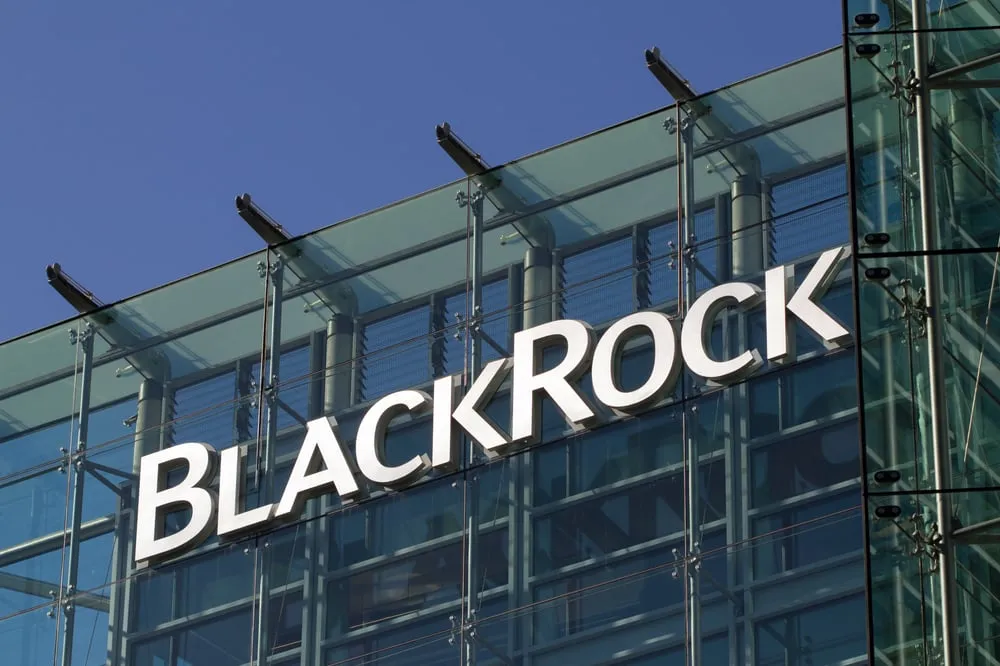Google’s recent unveiling of its Willow quantum chip has sparked discussions about Bitcoin’s security, but experts assert that breaking modern cryptography remains a distant prospect.
As reported by Reuters and CNBC, while the chip represents a significant advancement in quantum computing, capable of solving complex problems in minutes that would take classical supercomputers billions of years, it does not pose an immediate threat to current encryption methods.
Willow Chip’s Error Reduction

Google’s Willow quantum chip represents a significant breakthrough in quantum error correction, achieving exponential error reduction as it scales up.
This milestone, known as operating “below threshold”, demonstrates the ability to drive errors down while increasing the number of qubits.
The chip features 105 qubits and employs advanced machine learning algorithms for real-time error correction.
Key achievements of the Willow chip include:
- Exponential reduction in error rates when scaling from 3×3 to 7×7 qubit grids
- Improved qubit coherence times, nearly five times better than previous designs
- Completion of a benchmark computation in under five minutes that would take classical supercomputers billions of years
- Industry-leading performance across quantum error correction and random circuit sampling benchmarks
Post-Quantum Cryptography Standards

In response to the potential threat posed by quantum computing to current encryption methods, the National Institute of Standards and Technology (NIST) has taken proactive steps to develop post-quantum cryptography standards. On August 13, 2024, NIST released its first three Post Quantum Crypto Standards: FIPS 203, FIPS 204, and FIPS 205.
These standards include algorithms designed to be secure against both classical and quantum computer attacks, with FIPS 203 focusing on general encryption and FIPS 204 and 205 on digital signature standards for user authentication.
The development of these standards is part of NIST’s broader initiative to transition all high-priority systems to quantum-resistant cryptography by 2035.
This effort is crucial in addressing the “harvest now, decrypt later” security concern, where adversaries could potentially store encrypted data now and decrypt it once sufficiently powerful quantum computers become available.
The standardization process involved collaboration with industry partners, resulting in the selection of algorithms like ML-KEM and ML-DSA, which were developed by IBM researchers and their collaborators.
Quantum Threats to Cryptography
The advent of quantum computing, exemplified by Google’s Willow chip, has reignited concerns about the vulnerability of classical cryptographic systems. Quantum algorithms like Shor’s can efficiently factorize large integers, threatening encryption methods such as RSA and elliptic curve cryptography (ECC), which underpin much of today’s secure communications.
However, experts agree that current quantum computers, including Willow with its 105 qubits, lack the processing power to break these encryption schemes. For instance, cracking Bitcoin’s security would require millions of qubits, far beyond Willow’s capabilities.
Despite this, the risk is not entirely theoretical. Threat actors could adopt a “harvest-now, decrypt-later” approach, storing encrypted data to decrypt in the future when quantum technology matures.
To mitigate these risks, researchers are developing post-quantum cryptography (PQC), which includes algorithms designed to withstand quantum attacks. Standards for PQC are already being established by organizations like NIST, signaling a proactive shift toward quantum-resistant security frameworks.
Quantum Leap, Crypto Secure
While Google’s Willow quantum chip represents a significant leap in quantum computing, experts assert that it does not pose an immediate threat to current cryptographic systems.
The chip’s 105 qubits, though impressive, fall far short of the millions of qubits estimated to be necessary to break Bitcoin’s encryption.
Crypto experts like Adam Cochran and Emin Gün Sirer emphasize that Bitcoin remains secure, but caution that the industry now has a shorter timeline—less than 10 years—to address potential quantum computing risks.
This development underscores the importance of ongoing research into post-quantum cryptography and the need for proactive measures to ensure long-term security in the face of advancing quantum technology.
Source: Perplexity





